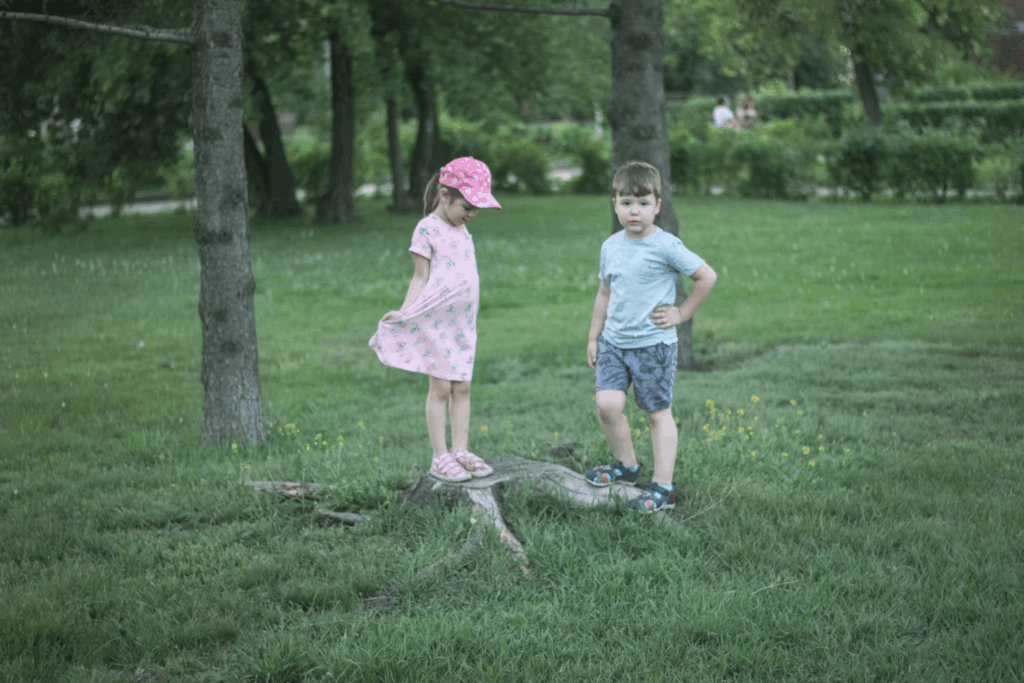Children are full of energy, curiosity, and imagination. Channeling that energy into physical activities helps build healthy habits, supports physical development, and encourages social interaction. Regular movement supports coordination, balance, and strength, while giving kids a chance to explore new interests and build confidence. Whether indoors or outdoors, simple activities can create lasting memories and contribute to lifelong wellness. Here are six fun and accessible ways to keep children active and happy.
Making a Splash: The Joy of Swimming
Few activities capture a child’s sense of adventure quite like swimming. The water offers a playful environment where children can move freely, build confidence, and learn new skills at their own pace. Participating in swimming classes from the British Swim School can introduce children to safety practices, proper technique, and a supportive learning atmosphere. The classes encourage progress through fun and structured sessions that make swimming both enjoyable and safe.
Beyond safety and skill, swimming nurtures coordination, flexibility, and endurance. It engages nearly every muscle group, improves cardiovascular health, and strengthens the respiratory system. The buoyancy of water supports the body, making it ideal for children who may feel hesitant about traditional sports. Whether splashing for fun or practicing new strokes, swimming provides a sense of accomplishment and joy that few other activities can match.
Dancing to the Beat of Fun
Music and movement go hand in hand. Children naturally respond to rhythm, making dancing one of the easiest ways to inspire physical activity indoors or outdoors. A quick playlist of upbeat songs can turn a living room or classroom into an energetic zone filled with laughter and motion.
Dance activities help kids develop rhythm, coordination, and balance, all while expressing emotion through movement. Organized dance games like freeze dance or follow-the-leader are easy to set up and perfect for groups. The social aspect of dancing encourages teamwork and interaction, while individual dancing builds self-expression. Regardless of the style or skill level, movement to music connects children with their bodies and their surroundings in a joyful way.
Cycling for Confidence and Exploration
Riding a bike is a classic part of childhood that promotes freedom and adventure. Cycling strengthens leg muscles, improves coordination, and teaches balance and focus. It also encourages independence as children learn to navigate their surroundings safely. With protective gear and adult supervision, kids can enjoy the thrill of moving on wheels while gaining valuable skills.
For beginners, balance bikes are an excellent introduction before transitioning to pedals. More experienced riders can enjoy family rides on trails or quiet streets, turning exercise into shared time. Each ride helps children understand their environment better and appreciate outdoor spaces. The sense of achievement that comes from mastering cycling often carries into other areas of their lives, building perseverance and self-assurance.

Backyard Adventures and Imaginative Play
A backyard or local park can become the perfect space for endless creative movement. Turning outdoor play into mini adventures sparks imagination and physical activity at once. Simple tools like cones, jump ropes, or chalk can transform an ordinary afternoon into a lively play session. Children benefit from the freedom to move and explore without strict rules, learning how to navigate space and test their limits safely. Parents can join in by timing races or creating story-driven games that motivate movement. The mix of creativity and exercise helps children build confidence and connect movement with fun.
Playground Fun and Group Games
Playgrounds remain one of the best spaces for physical activity and social learning. Climbing, swinging, sliding, and running offer full-body exercise while improving coordination and motor control. Group games like tag, hide and seek, or capture the flag make movement exciting and encourage cooperation. These activities teach communication, teamwork, and fair play, helping children build friendships and social confidence.
Playgrounds can serve as safe environments for both structured play and spontaneous movement. The variety of equipment invites different types of physical challenges, allowing kids to choose activities that match their comfort and interests. The laughter and shared experiences of playground play contribute to emotional well-being and create positive memories around physical activity.
Family Walks and Nature Exploration
Walking may seem simple, yet it provides powerful benefits for children and families alike. Regular walks build endurance, strengthen muscles, and improve mood. Turning walks into nature explorations adds excitement and learning opportunities. Whether identifying plants, collecting leaves, or observing wildlife, children develop curiosity about the natural world while staying active.
Family walks promote conversation and connection. They give children time to share thoughts and observations without distractions. Exploring new trails or parks introduces variety and keeps the activity engaging. The fresh air, sunlight, and sensory experiences all contribute to mental clarity and emotional balance. These outings demonstrate that physical activity can fit naturally into everyday life.
Keeping children active doesn’t require expensive equipment or elaborate routines. The most rewarding activities are often simple, engaging, and full of play. Encouraging children to explore different types of physical play helps them discover what they enjoy most and lays the foundation for a lifetime of wellness and happiness.
